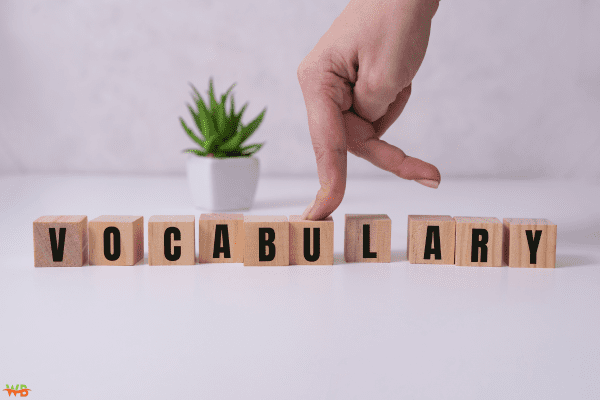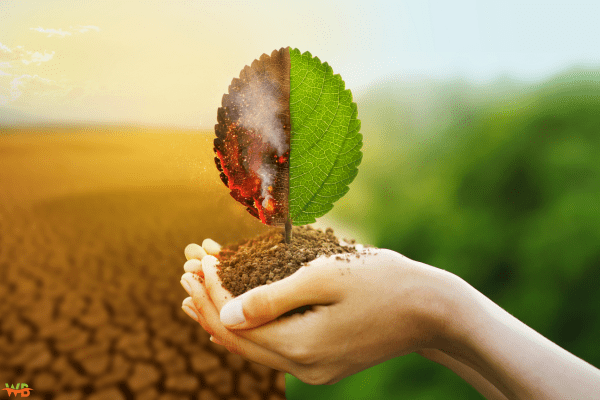In the realm of ecology, understanding ecology vocabulary interactions within the environment answer key is crucial for comprehending the intricate web of relationships that govern our natural world. From the smallest microorganisms to immense regular systems, each normal component partners with its continuous circumstance in smart ways, molding the fragile equilibrium of life on the planet.
Unveiling the Basics of Ecology Vocabulary
What is Ecology?
Environment is the assessment of how creatures assist with outing one another and their constant circumstance. It jumps into the associations between carrying on with living things, their normal environmental elements, and the resources available to them.
Vocabulary of Interactions
1. Species Interaction:
Species interact with each other in various ways, including competition, predation, mutualism, and parasitism. These interactions play a fundamental role in shaping ecosystems.
2. Biotic and Abiotic Factors:
Biotic factors are living components of an ecosystem, such as plants, animals, and microorganisms, while abiotic factors are non-living components, including sunlight, temperature, water, and soil.
3. Energy Flow:
Energy courses through biological systems in a one-manner heading, beginning with the sun as the essential wellspring of energy. Makers, for example, plants, catch this energy through photosynthesis, which is then given to buyers through pecking orders and food networks.
4. Nutrient Cycling:
Nutrients, such as carbon, nitrogen, and phosphorus, cycle through ecosystems in biogeochemical cycles. These cycles consolidate cycles like photosynthesis, breath, separating, and nitrogen obsession.
Key Terms in Ecology Vocabulary
- Ecosystem: A people group of organic entities connecting with one another and their current circumstance.
- Biodiversity: The range of living organic entities inside a biological system.
- Habitat: The particular climate where a life form lives.
- Niche: The job or capability of a living being inside its biological system.
- Population: A gathering of people of similar species living in a similar region.
- Community: Every one of the populaces of various species living in a similar region.
- Symbiosis: Any close and long-term interaction between different biological species.
Understanding Interactions Within the Environment Answer Key
Competition and Predation
Competition:
Competition occurs when organisms vie for the same resources, such as food, water, or territory. This interaction can lead to the competitive exclusion principle, where one species outcompetes another, leading to the elimination of the weaker species from the habitat.
Predation:
Predation involves one organism, the predator, hunting and consuming another organism, the prey. This interaction regulates population sizes and can lead to coevolutionary adaptations between predators and prey.
Mutualism and Parasitism
Mutualism:
Mutualistic relationships benefit both participating species. For example, pollinators like bees and flowers have a mutualistic relationship where the bee gains nectar while aiding in the flower’s reproduction through pollination.
Parasitism:
Parasitic connections include one life form, the parasite, benefiting to the detriment of another organic entity, the host. Parasites get supplements and sanctuary from their hosts, frequently inflicting damage or sickness all the while.
Impact on Ecosystem Dynamics
Understanding ecology vocabulary interactions within the environment answer key gives bits of knowledge into how biological systems capability and how human exercises can upset these sensitive adjusts.
- Habitat Destruction: Human activities such as deforestation and urbanization can lead to the destruction of habitats, endangering species and disrupting ecosystem dynamics.
- Invasive Species: The presentation of non-local species into an environment can prompt rivalry with local species, adjusting food networks and biological system structures.
- Climate Change: Changes in temperature and precipitation patterns due to climate change can affect species distributions, migration patterns, and the timing of biological events such as flowering and migration.
The Importance of Education and Conservation
Educating Future Generations
By training ourselves and individuals later on about ecology vocabulary interactions within the environment answer key, we can energize a more significant appreciation for the normal world and propel protection tries to shield our planet’s biodiversity.
Taking Action
- Support Conservation Organizations: Donate to or volunteer with organizations dedicated to protecting and restoring ecosystems.
- Reduce Your Ecological Footprint: Do whatever it takes to limit your effect on the climate by diminishing waste, preserving energy, and supporting feasible practices.
- Advocate for Policy Change: Advocate for courses of action and rules that emphasis on environmental affirmation and protection tries.
Conclusion: Embracing the Complexity of Ecology
All in all, ecology vocabulary interactions within the environment answer key give a guide to figuring out the perplexing elements of environments. By seeing the interconnectedness of each and every living animal and their ongoing situation, we can seek after safeguarding biodiversity and ensuring a viable future from here onward, indefinitely. We should embrace the brightness and intricacy of nature and make a move to shield our planet.
For further exploration of ecology concepts and vocabulary, check out resources such as the Ecological Society of America and National Geographic’s Encyclopedia.
Keep in mind that each move we make, regardless of how little, adds to the bigger image of natural stewardship. Together, we can make a difference in safeguarding the wonders of our natural world.

Ton Roobprom is an experienced writer focused on practical advice across technology, business, travel, beauty, lifestyle, and home improvements. He specializes in distilling complex subjects into clear, actionable insights to help you enhance your daily life.
Discover more from Wellbeing Junction
Subscribe to get the latest posts sent to your email.




